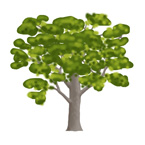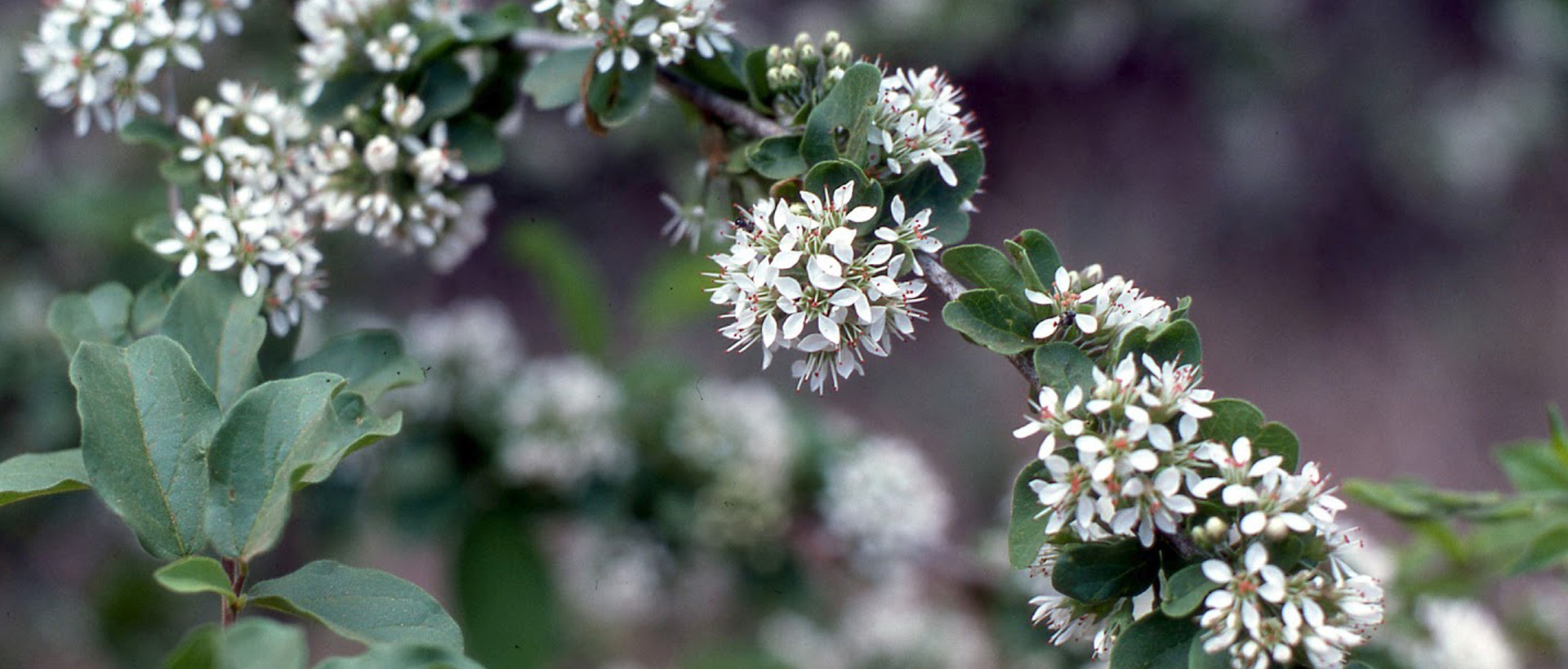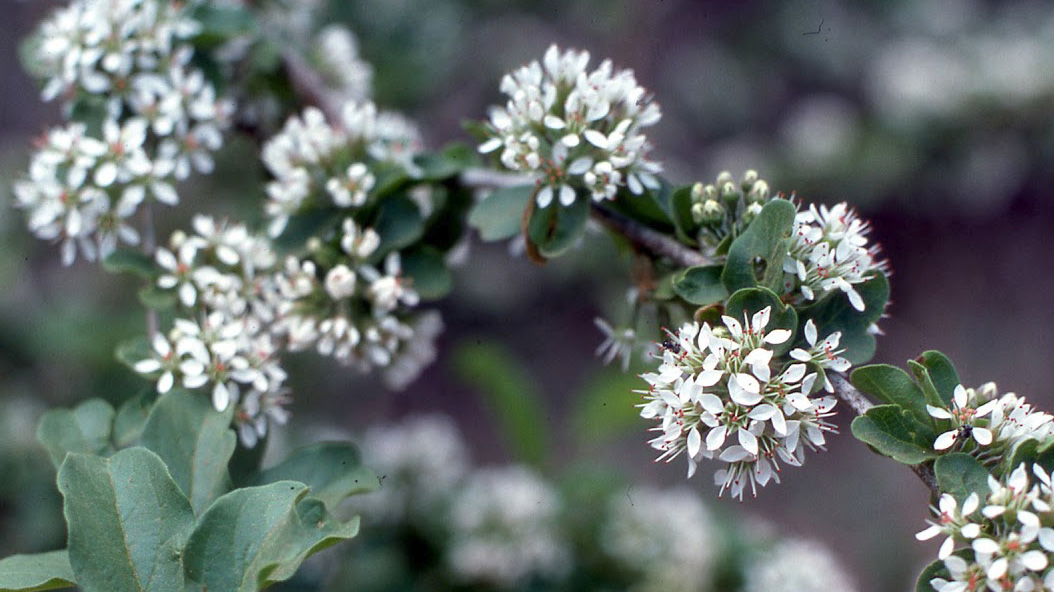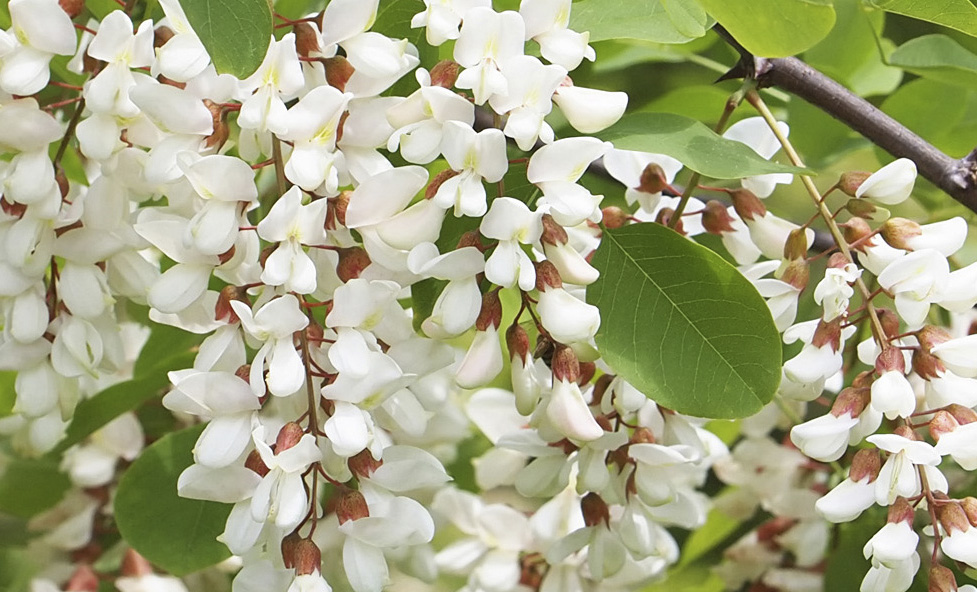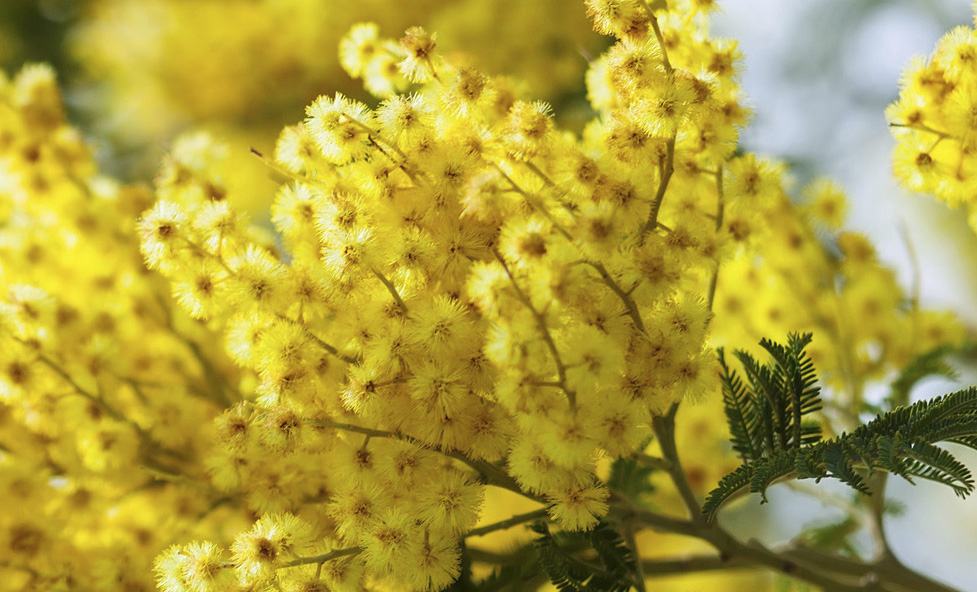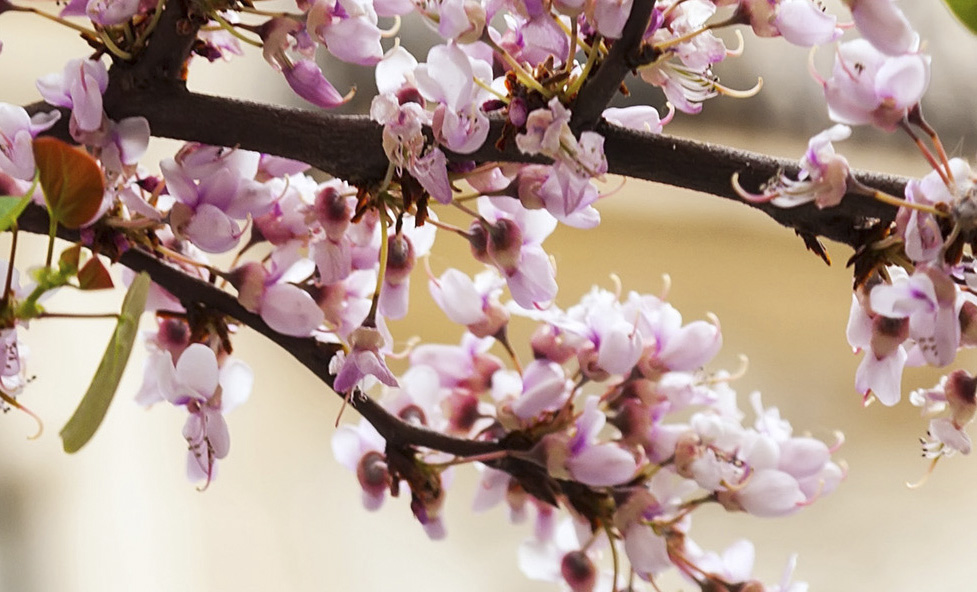Bushwillow
Scandent and climbing shrub, from 1-3m (up to 4m) in height, with pubescent branches on young specimens, with branches with somewhat curved thorns that let them climb to old adjacent trees. Bark. Fibrous and greyish beige with brown rhytidome and greenish or light yellow slash. Foliage. Grey with reddish pubescence. Leaves. Alternate to subopposite, elliptic or obovate, somewhat pubescent on both sides, and of variable sizes on a single branch (especially if they have sprouted) measuring at times 1cm, but usually 3-7cm long and at times 0.8cm, but usually 2-3cm wide. Blade with rounded and shortly acuminate apex, cuneate at the base. Petioles. Usually persisting in a thorn shape, from 1-10mm long. Nerves. Pinnate, quite prominent, with 4-6 pairs of mostly fused lateral nerves. Inflorescence. A short axillary raceme, pubescent, with a 1-2cm (up to 3cm) diameter. Flower. Characteristic due to their simultaneous white (or yellowish) and pink colouring, with 5 hairy petals. Fruit. A 5-winged samara with a 15-23mm diameter, glabrous or almost glabrous, somewhat puberulent, ochre when mature (somewhat pearlescent and purple-tinged when immature). Flowering. At the end of the dry season and during the rainy season. The trees can have flowers and ripe fruit at the same time.
Natural habit
Savannahs and forests of the Sahel and Sudanese Sahel, often in stony or clay soils, termite nests, slopes.
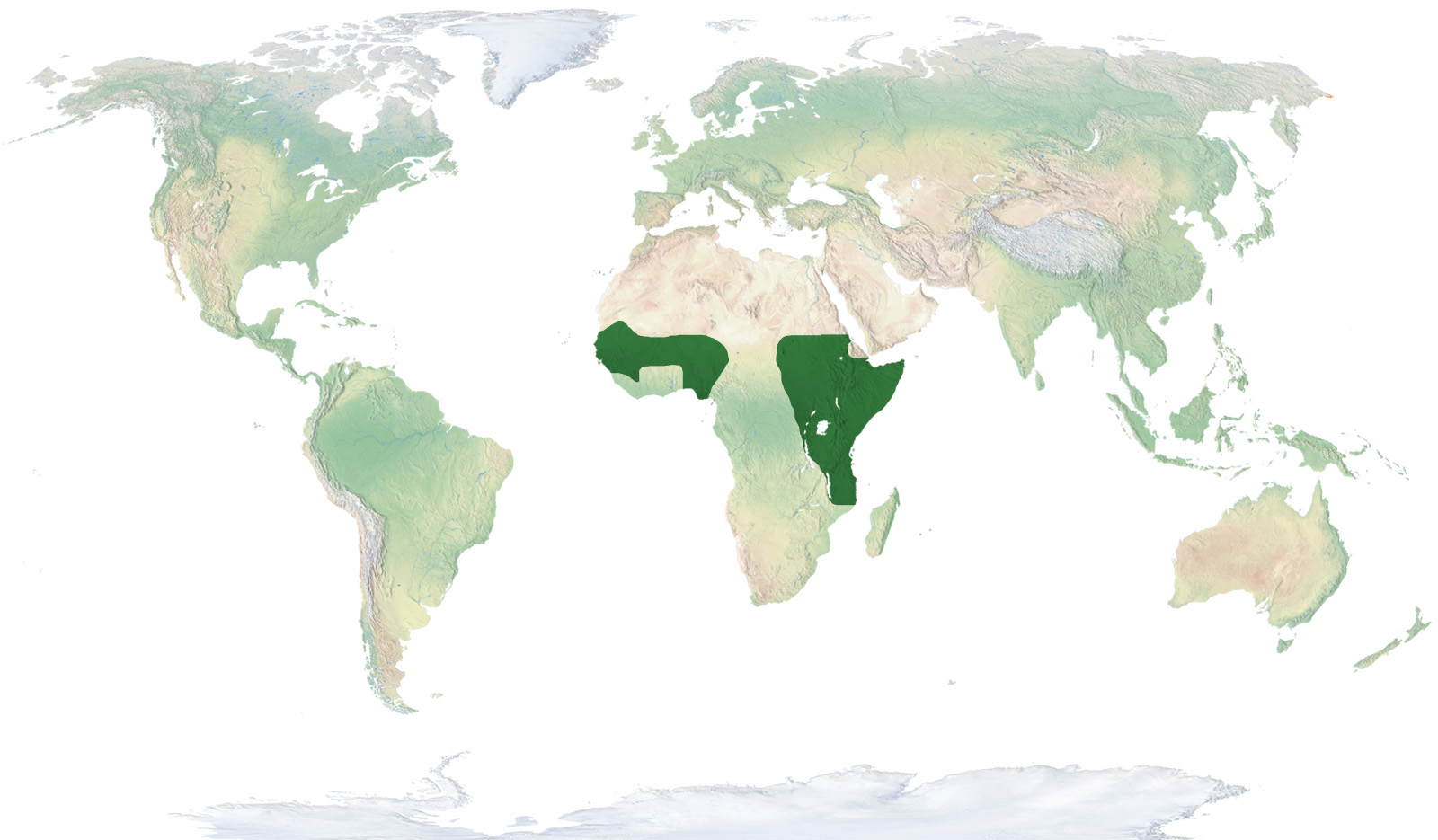
- Natural Habit
Classification
Growth Habit
